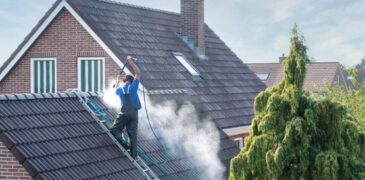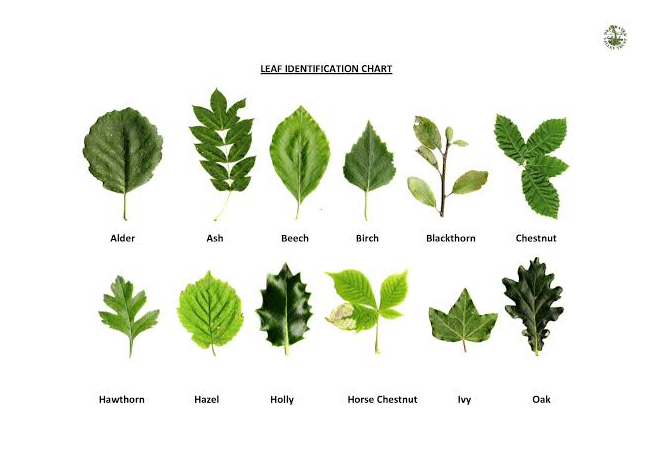Home maintenance is a critical part of taking care of your house. After the hefty investments you’ve made to get your home in good shape, you must ensure that every aspect of the property is kept in good condition. Any warning signs that may indicate possible damages should be addressed immediately by instituting repairs done by professionals all over the United States before they develop into major concerns.
The foundation of your house is one of the important components that enable it to stand high and might. Thus, this is why a lot of effort and focus is directed by state contractors into building a reliable and sturdy foundation. Without a good foundation, your property will collapse in no time which is every homeowner’s worst nightmare. But even if the foundation is good, it may wear out with time and get damaged leading to much-needed repairs.
It’s said that a damaged foundation is a major turn-off to most prospective homebuyers in almost all areas in the country including Virginia and others. Depending on the area where you live, selling a house with foundation damage VA and nearby areas is possible through other means.
However, you can’t depend on them all the time, and so, you have to commission repairs to any foundation damage that appears in your home before putting it up on the market.
Listed below are just some of the common foundation issues that you need to repair on your house. Read on to learn more about them.
1. Cracks On Foundations And Walls

Cracks in the foundation or on the wall are one of the biggest signs of a damaged foundation. When the foundation moves with time due to underwater movements and the expanding and contracting of soil, the shift in the foundation will cause cracks on the wall, floor, or wall fissures. If the damage is extreme, then you’ll notice broken chimneys too.
These problems should be a severe concern in your home and require immediate repairs. You should first examine the type of crack in the house, as there are moderate cracks on walls that don’t indicate damages.
But you should watch for extensive cracks that are more than 15mm or appear at 45-degree angles. If you notice them, it’s time to call for a repair company to take on the task of fixing your foundation to ensure the safety of the people currently living in your home.
2. Sagging Floors Due To Foundations Damaged By Moisture
The moment you realize that your floor is uneven or sagging, there’s a chance that there are humidity issues or water seepage in the foundation or under the basement. Remember, the soil beneath is usually compacted and leveled when a foundation is being constructed.
Nonetheless, if there’s water seepage in the foundation either from broken pipes, underground water movements, or climatic conditions, the soil in the foundation and underneath it will move which may be the cause of your floor sagging.
It’ll only take a quick moment before the foundation cracks or sinks; therefore, you should consider repairing it as soon as possible. This will help to prevent any other further damage on the foundation and in the house. Sagging floors is also a major safety concern for people living with disabilities and young children.
3. Termites And Pest Infestation
The presence of pests and rodents in the home is a concern that shouldn’t be treated as a minor inconvenience. The truth is that pests could indicate a major problem in your house. Having termites in different parts of your home including on the floors, on the walls, and foundations too is a big concern.
Particularly, foundations infested with termites may develop cracks as the tiny creatures eat out the wood and build their colonies in them. Once hollowed out, your property’s foundations may not be able to support the whole structure’s weight and may cause a sudden collapse.
In case your living space is teeming with them and other pests, it’s advised to seek the services of professional pest companies to get rid of them for good.
4. Foundation Upheaval
Foundation upheaval is the upward movement of the foundation. When heaving occurs, it’ll affect the slab perimeter and other areas such as hallways. Upheaval occurs due to different factors.
When the water in the foundation freezes during wintertime, it increases in volume and causes a foundation upheaval. While small leakages may not seem significant at first, continuous seepage or leaking of water into the foundation over time will cause massive upheaval; therefore, you should call a plumber to fix the pipe issue and a contractor to repair the foundation.
5. Old And Aging Foundations
Foundations could also get damaged due to old age. Years of soil movements, water seepage, and the like are all factors that could contribute to the aging and wearing down of the foundation. While some foundations could still be strong even after several years, this depends on the quality of the foundation.
A damaged foundation caused by aging will have molds, cracks, and uneven surfaces. When you notice these signs on your floor, then it could be time to replace them with a new one. When replacing the foundation, you should pick a high-quality material that’ll be durable.
6. Foundation Setting
Foundation setting is the opposite of foundation upheaving. Foundations setting occurs when your foundation starts to sink. It should be noted that the foundation should remain in the exact place for years after it was newly installed. If you notice that one side of your house is lower or gaps starting to appear on the foundations, then there’s a probability that your foundation is setting.
When one side of the house is sinking, you should quickly correct it before it develops into a disaster. If one side sinks, then the other sides will eventually sink. Foundation setting can also be a serious safety concern as when the foundation sinks, the house pillars weaken and it could collapse at any given time.
Therefore, if there’s a slight sight that the foundation is setting, you should hire professionals to correct it. An excellent preventive measure is getting a soil engineer to determine the soil stability of the areas where you’re building your home.
Conclusion
A foundation is a vital part of any real estate property. It’s common knowledge that for a building to last, the foundation should be stable and durable. But climate, water seepage, and soil movements can cause the foundation to weaken, crack, move upwards, or settle. All these can damage the house in no time, and hence, they need to be corrected. Once you see signs of foundation damage in your house, move fast and repair them.




